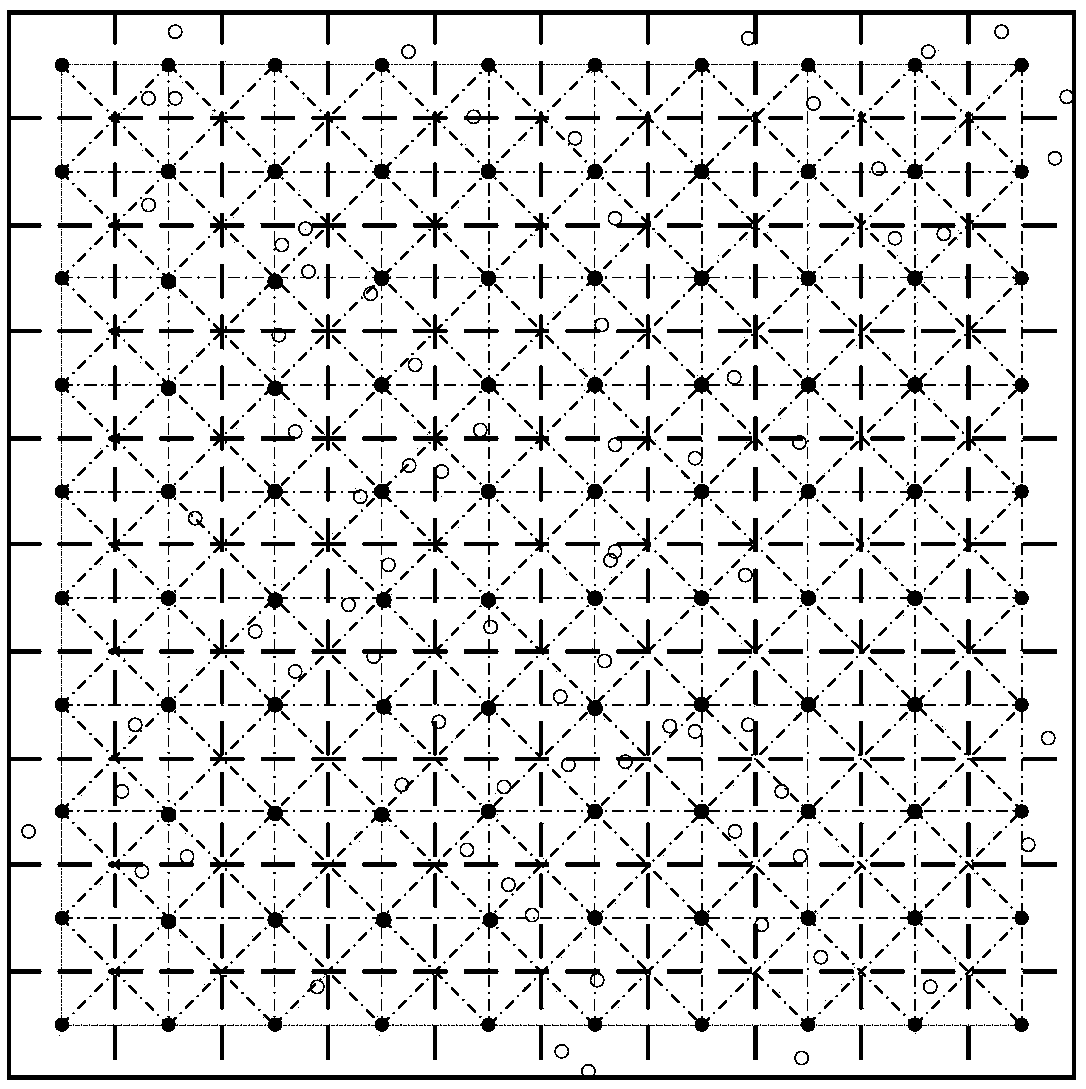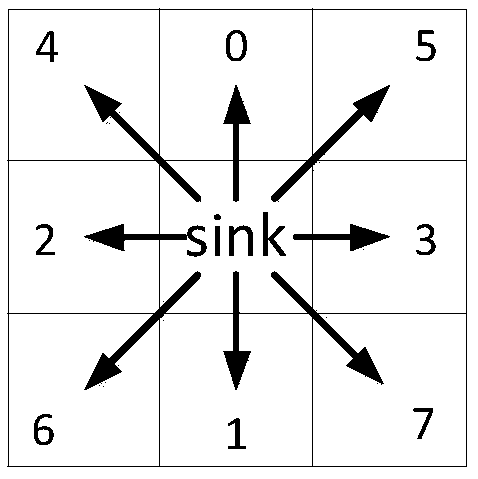Mobile sink path planning method based on deep reinforcement learning algorithm
A technology of reinforcement learning and path planning, applied in the transmission system, network topology, wireless communication, etc., can solve problems such as difficult battery replacement, fast energy consumption, and energy voids, and achieve high network efficiency, good real-time performance, and reduced complexity degree of effect
- Summary
- Abstract
- Description
- Claims
- Application Information
AI Technical Summary
Problems solved by technology
Method used
Image
Examples
Embodiment Construction
[0027] The present invention will be further described below in conjunction with accompanying drawing.
[0028] The present invention uses a deep reinforcement learning algorithm to plan the mobile sink path in real time, and the process of the depth reinforcement learning algorithm is described below:
[0029] The present invention uses a greedy strategy to select the action of the sink, that is, the action value is randomly generated with a certain probability. By continuously reducing the probability of the action value generated by the greedy strategy and increasing the probability of the action value generated by the policy network, this can prevent the policy network from falling into a local optimum.
[0030] The state of the present invention is an RGB image, a grid divided by the entire wireless sensor network area (such as figure 1 Shown) is mapped according to the data priority, such as figure 2 As shown, the network state complexity is low.
[0031] The action ...
PUM
 Login to View More
Login to View More Abstract
Description
Claims
Application Information
 Login to View More
Login to View More - R&D
- Intellectual Property
- Life Sciences
- Materials
- Tech Scout
- Unparalleled Data Quality
- Higher Quality Content
- 60% Fewer Hallucinations
Browse by: Latest US Patents, China's latest patents, Technical Efficacy Thesaurus, Application Domain, Technology Topic, Popular Technical Reports.
© 2025 PatSnap. All rights reserved.Legal|Privacy policy|Modern Slavery Act Transparency Statement|Sitemap|About US| Contact US: help@patsnap.com



